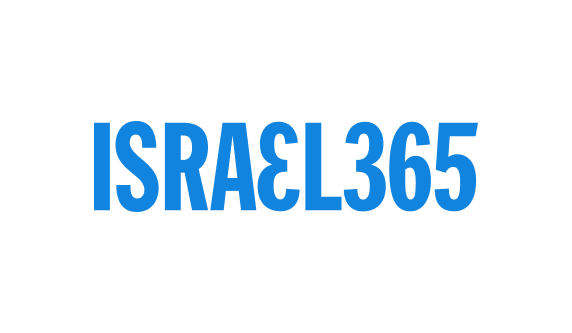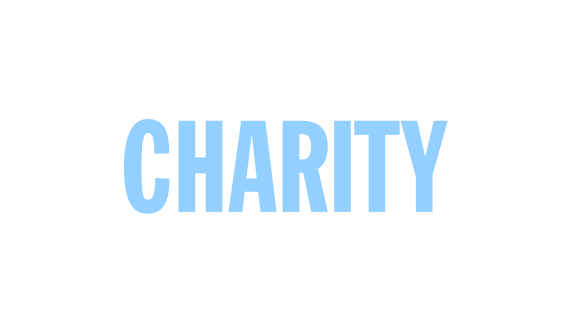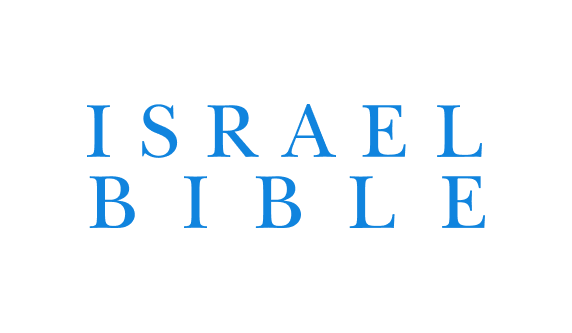A new book is published nearly every hour in the Jewish State, according to data from the National Library of Israel. 8,537 new works were published in 2015 including 7,843 print books and hundreds of audiobooks and eBooks. For such a small country, and when compared to other nations, these numbers are staggering and attest to the explosion of literary creativity of the “People of the Book” when free to live in our own homeland.
The creative genius of the Jewish people was first stimulated by Hashem in our Torah portion with the Revelation of Ma’amad Har Sinai when God gave over His divine knowledge to the Jewish People. The theme of revelation is expanded upon in our haftara taken from the book of Isaiah (6:1-7:6, 9:5-6) containing a mystical image of heavenly activity and God’s glory.
Yeshayahu describes seeing Hashem sitting upon a high and lofty throne surrounded by winged Seraphim. This description is well known for it contains the verse we say in Kedusha “Holy, Holy, Holy, the Lord of Hosts, His presence fills all the earth” (6:3).
However, Isaiah’s description is much shorter than the similar vision described by Ezekiel. Known as the Ma’aseh Merkava, Ezekiel’s vision extends for the entire first chapter of Sefer Yechezkel and goes into much greater detail about the divine presence and other celestial beings. At the Revelation at Mount Sinai, every Jew achieved the highest levels of prophecy. Given the two options of parallel revelations, why do we read the shorter, less detailed vision of Isaiah for the haftara of Parshat Yitro?
The Talmud (Chagiga 13b) explains that although Isaiah’s vision is shorter than Ezekiel’s, it is in fact much greater: “Rava said: All that Ezekiel saw, Isaiah saw as well. To what may Ezekiel be compared? To a villager who saw the king. And to what may Isaiah be compared? To a city dweller who saw the king.”
According to the Gemara, Yechezkel prophesied outside the Land of Israel and so he was like a villager unaccustomed to seeing the king who displayed great excitement about all the extravagances of the king’s palace. Isaiah, on the other hand, prophesied in Eretz Yisrael and was used to living in the palace of the king and so wasn’t as distracted and was able to more succinctly describe his encounter with the king.
Tosafot expounds on this idea and explains that those living in Galut wouldn’t believe Yechezkel and therefore the Navi had to offer more details to prove that God had indeed revealed Himself in this unusual place. Those listening to Yeshayahu understood that Hashem regularly bestowed nevuah in Israel, so the prophet did not need to offer as much description. As such, the vision of Isaiah, although shorter, reflects a closer relationship with the Divine than Ezekiel’s vision, since it was given in Israel, and was therefore Chazal’s choice for the haftara for Parshat Yitro and the description of Revelation.
In a one-time historical event, Hashem gave this level of spiritual access to everyone in the world, not just in Israel, as we find in the following midrash (Mechilta D’Rabbi Yishmael, Yitro 5) which wonders why the Torah was not revealed in Israel, but instead in the Sinai wilderness:
“The Torah was given through three things: the wilderness, fire and water to teach you that just as these three are available to all people, so too Torah is available to all people…And why wasn’t the Torah given in the Land of Israel? So as not to allow the nations of the world to say: ‘Since the Torah was given in their land, we did not accept it.”
The vision of Yeshayahu reflects the spiritual closeness to God and His wisdom, which, except for the unique vision of matan Torah, can only happen in the Land of Israel. According to many commentators, this metaphysical access to wisdom and spirituality, available in Israel, is alluded to in the Rabbinic aphorism “the air of the Land of Israel makes one wise” (Bava Batra 158b). This flow of wisdom in and out of Israel persists to this day, as we see the tremendous spiritual and intellectual accomplishments of the Jewish people who live in the Land. As we learn from our haftarah and parsha, this gift can be traced back to the giving of the Torah itself.
Rabbi Tuly Weisz is the director of Israel365 and editor of “The Israel Bible,” and Rabbi Dr. Ethan Eisen is a psychologist and a new Oleh to Israel, as well as a rebbe in Yeshivat Lev Hatorah. Please send comments to Haftarah@TheIsraelBible.com






